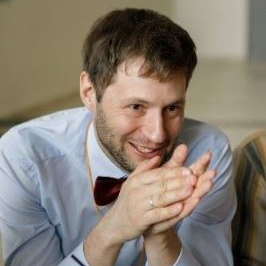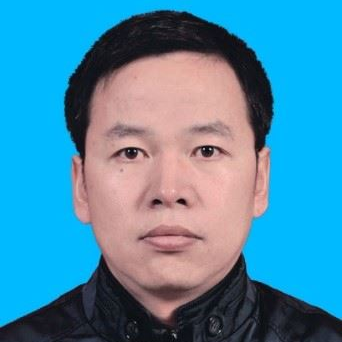Modeling Techniques for Underwater Acoustic Scattering and Propagation (including 3D Effects)
A special issue of Journal of Marine Science and Engineering (ISSN 2077-1312). This special issue belongs to the section "Physical Oceanography".
Deadline for manuscript submissions: closed (25 April 2022) | Viewed by 32572
Special Issue Editors
Interests: wave propagation; underwater acoustics; numerical simulation of waves in complex media; mathematical physics; asymptotic methods
Special Issues, Collections and Topics in MDPI journals
Interests: wave propagation theory; ocean acoustics; acoustical oceanography
Special Issues, Collections and Topics in MDPI journals
Interests: wave propagation theory; geo-acoustic inversion; ocean tomography; ambient noise
Special Issues, Collections and Topics in MDPI journals
Special Issue Information
Dear Colleagues,
This Special Issue was originally proposed for further dissemination of the results reported at the UACE 2021 conference (https://www.uaconferences.org) at a special session of the same title. This session was organized by Dr Aaron Gunderson, Prof Boris Katsnelson and Dr Pavel Petrov. However, we eventually decided not to restrict the scope of the issue to that of the talks presented at our session and to encourage our colleagues who work on the related topics of underwater acoustics to submit their manuscripts. Contributions on different aspects of sound propagation modelling in underwater acoustics are welcome! The issue will cover both analytical and numerical approaches and techniques. Studies on 3D effects and simulation methods would be given top priority.
Dr. Pavel Petrov
Prof. Dr. Boris Katsnelson
Prof. Dr. Zhenglin Li
Guest Editors
Manuscript Submission Information
Manuscripts should be submitted online at www.mdpi.com by registering and logging in to this website. Once you are registered, click here to go to the submission form. Manuscripts can be submitted until the deadline. All submissions that pass pre-check are peer-reviewed. Accepted papers will be published continuously in the journal (as soon as accepted) and will be listed together on the special issue website. Research articles, review articles as well as short communications are invited. For planned papers, a title and short abstract (about 100 words) can be sent to the Editorial Office for announcement on this website.
Submitted manuscripts should not have been published previously, nor be under consideration for publication elsewhere (except conference proceedings papers). All manuscripts are thoroughly refereed through a single-blind peer-review process. A guide for authors and other relevant information for submission of manuscripts is available on the Instructions for Authors page. Journal of Marine Science and Engineering is an international peer-reviewed open access monthly journal published by MDPI.
Please visit the Instructions for Authors page before submitting a manuscript. The Article Processing Charge (APC) for publication in this open access journal is 2600 CHF (Swiss Francs). Submitted papers should be well formatted and use good English. Authors may use MDPI's English editing service prior to publication or during author revisions.
Keywords
- underwater acoustics
- modelling of wave propagation
- 3D propagation
- normal modes
- sound propagation







